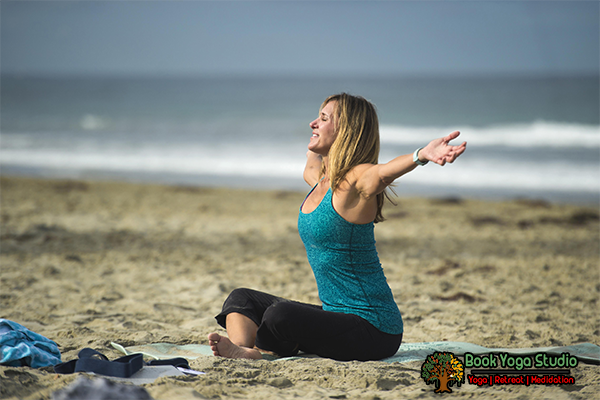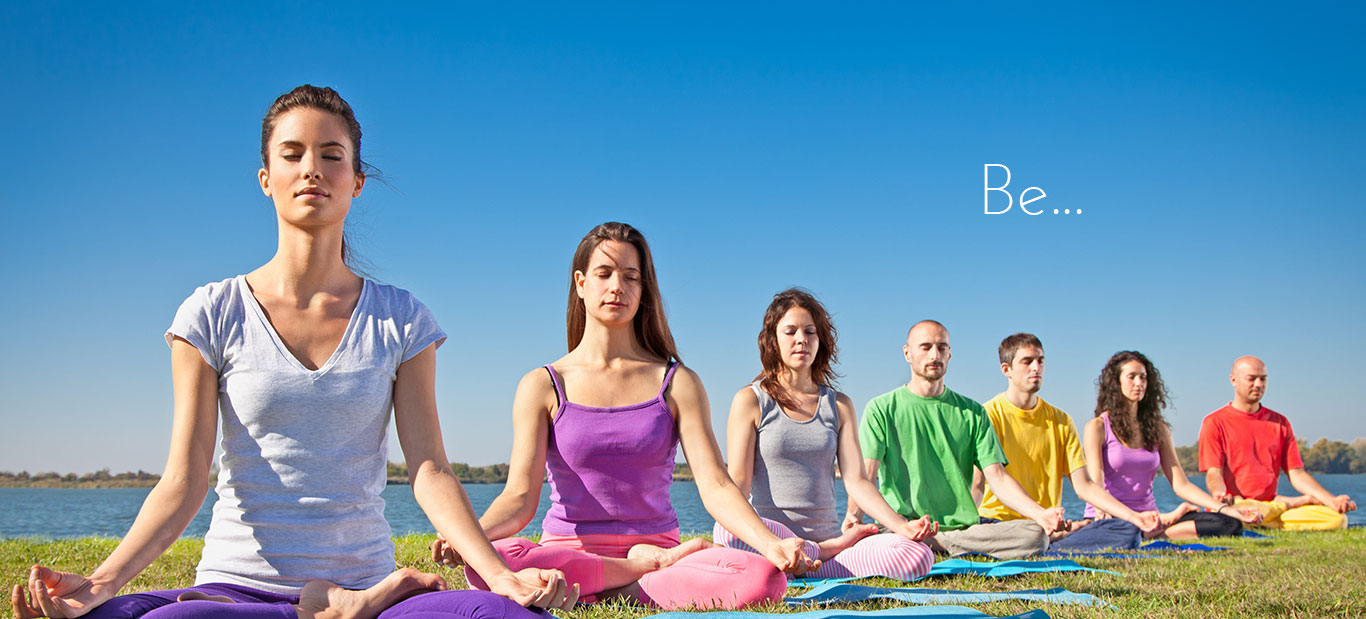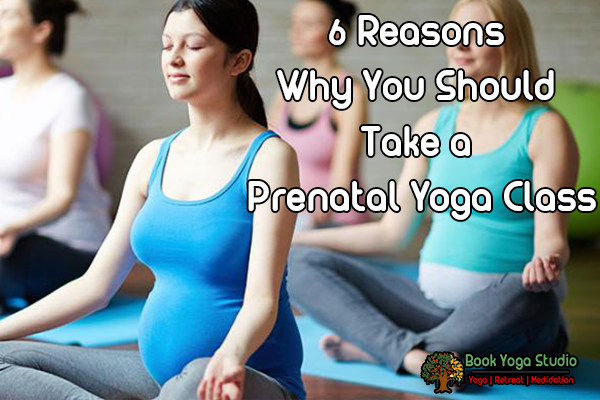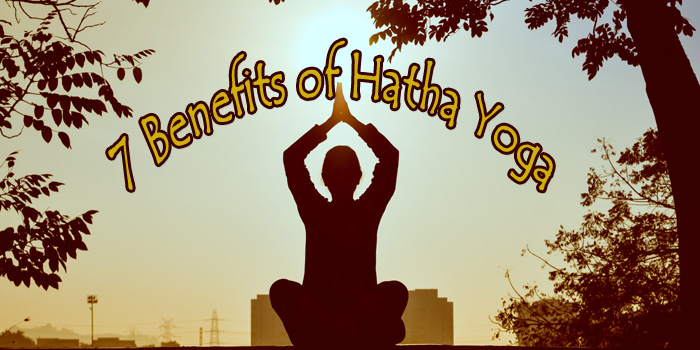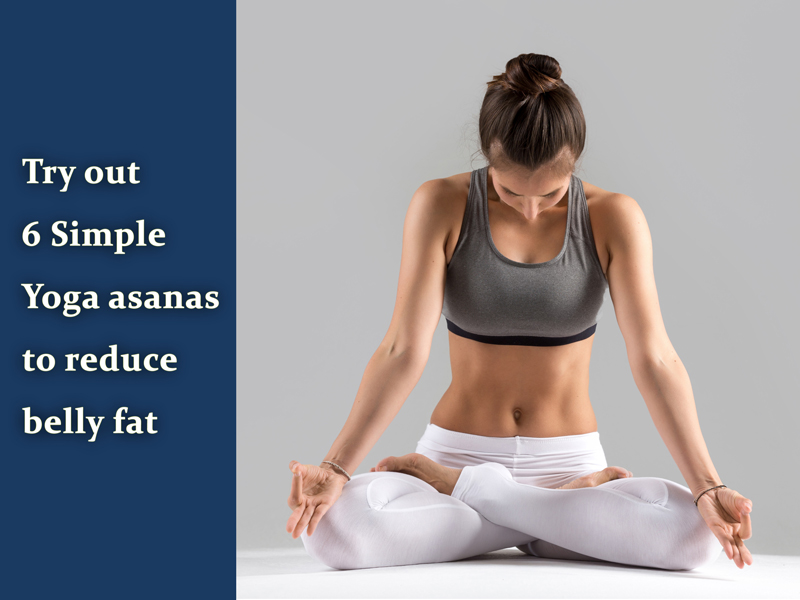Five Ways to influence people to adopt art of yoga
Posted by: | Posted on: 15 May, 2020 | Category: Yoga | School Name: abhay_11
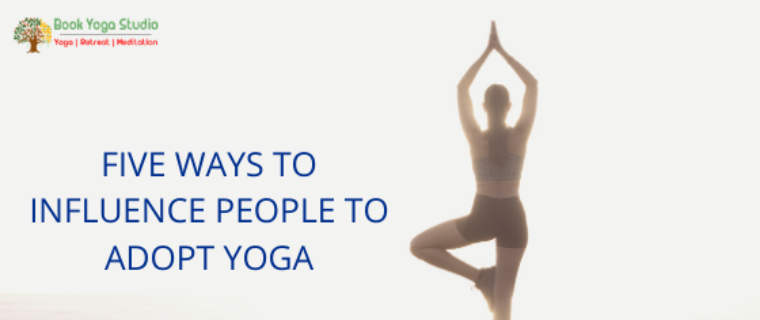
The five ways:
1) Improving Our Posture:
Many of us suffer from unnecessary aches and pains as a result of the poor postures we adopt. Hunching over a steering wheel or computer keyboard closes the back and chest, resulting in tension and shallow breathing. Our bodies evolved a long time before the invention of modern furniture; sitting on chairs instead of the floor weakens our back and reduces flexibility in our hips. Huge amounts of over-the-counter and prescription medication is taken to combat these aches and pains – but it only serves to suppress the symptoms while we carry on with our damaging habits.
By practicing Yoga, we open up our bodies and bring ourselves into alignment. The poses practiced strengthen and align key areas of the body, which means our posture will improve in our daily lives. A popular form of Yoga, B. K. S. IyengarYoga, was developed as a direct response to the poor postural habits of the West. Iyengar Yoga is designed to bring the body into alignment, using props such as bricks and straps to facilitate the poses. This form of Yoga retains the core spiritual principles of the ancient Hatha Yoga system, but also focuses on correcting our postures, undoing the damage done by our usual habits.
2) Controlling Our Breathing
We can survive for weeks without food, and days without water but if we stop breathing for just a few minutes, we die. It is astonishing how little attention we pay to this, our most important source of bodily energy. In the Yogic tradition, breath plays a central role: being used to balance the body and mind. Pranayama (control of the breath) is one of the 8 Limbs of Yoga presented in the Yoga Sutra (the most influential of all Yoga texts, written some 2000 years ago.
When we are stressed or anxious we tend to breathe shallowly. Simply by noticing this and slowing down our breathing we can immediately access a more relaxed state. Practicing regular breathing exercises, such as inhaling for 4 seconds through the nose and exhaling for four seconds through the mouth, will help improve the quality of our breathing throughout the day.
Breathing is unique in that it is a process that happens naturally, but we can also choose to control it; this place it at the boundary between our conscious and unconscious experience, making it the perfect tool for meditation. One of the simplest yet most profound types of meditation involves simply returning the mind to the breath every time we are distracted by thoughts. We can also practice this in our daily lives any time we encounter a stressful situation.
3) Bringing Awareness To Eating
Food is an essential fuel for the body, and eating should make us feel satisfied and energised. Unfortunately, this is often not the case: many of us feel tired and sluggish after eating as we struggle to digest the processed foods and meat-heavy Western diet. We have been conditioned to crave unhealthy foods that always leave us wanting more: good for business but terrible for our bodies. Obesity is a major problem, and digestive difficulties are extremely widespread. Huge amounts of time and money are spent on dieting and exercise classes as people attempt to compensate for the unhealthy diet and lifestyle we are living – but the problem seems to be getting worse.
The ancient Indian tradition of Ayurveda (which can be thought of as the medical branch of Yoga) has much to say about food. It advocates a mindful approach to eating, so we learn to eat when we are hungry rather than for emotional or social reasons. Rather than having to stick to the latest fad-diet, this approach simply allows us to listen to our bodies, and gradually recondition ourselves to eat what our body really needs.
4) Making The Most of Our Sexuality
Sexual energy is one of the most powerful forces we have; it can create new life, and forms a deep connection between individuals. But even in our apparently sexually liberated society, it is still a source of insecurity and dissatisfaction for many. Only around one in three women are able to reach orgasm during sexual intercourse. Men often report problems with erectile dysfunction and premature ejaculation. Both men and women are often ashamed to talk about these issues. Modern sex has become a way of boosting the ego, and feeling attractive and accepted rather than about forming a real connection between individuals.
Many are concerned with people becoming “over-sexualised” by the onslaught of increasingly sexual imagery from advertising and entertainment. However this type of material is actually taking us away from our true sexuality, replacing it with an objectified, artificial imitation which is no match for the real thing in terms of its emotional intensity and effect on our wellbeing.
While many Yogic traditions advocate restraining sexuality in order to harness the energy for spiritual practices, the tantric strain of Yoga encourages sexuality. The tantric approach creates a deep energetic connection between partners, transforming sex into a sacred act. Men can learn have multiple orgasms in the same way as women, and we can all learn to raise the intensity of the sexual experience to incredible heights.
5) Detoxifying Our Minds
Our modern society breeds dissatisfaction. Advertising has becoming increasingly sophisticated in breeding a sense of inadequacy that can only be relieved by purchasing products. People identify with the car they drive, the clothes they wear and the gadgets they own. However this weakens us as we become progressively dependent on external objects for our well-being. From an early age we are trained to compete with our peers – leading to widespread jealousy and self-doubt. We are educated to think in a very specific way: focusing on problem solving and preparing for the future. While this provides necessary skills for living in society, we forget that true happiness can only be found in the present moment, when we are free of desire and content with what we have.
As we have said, Yoga is about far more than the postures. In fact, the postures are only 1 of the 8 limbs of Yoga given in the Yoga Sutra. The Yoga Sutra also includes foundational practices to prepare our minds for deep meditation, giving us guidance on how to relate to others and ourselves. Many of these seem particularly relevant in today’s society. For example,Aparigraha (non-possessiveness) advocates possessing only what is necessary and not being overcome with greed; this does not necessarily mean renouncing your possessions, just not being dependent on them for happiness. Samtosha (contentment) is the practice of being happy with what we have, rather than dreaming of what we want.

